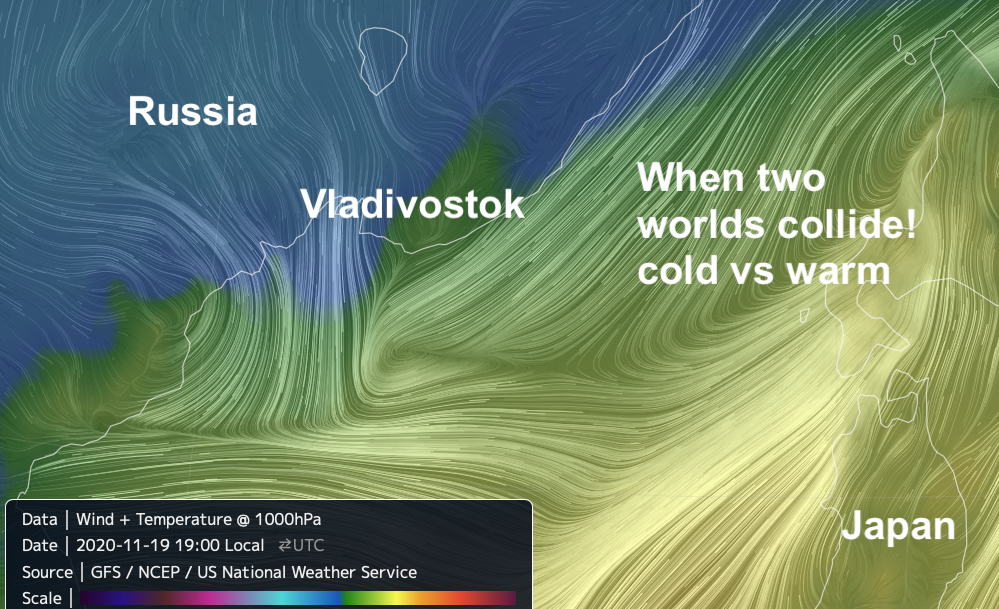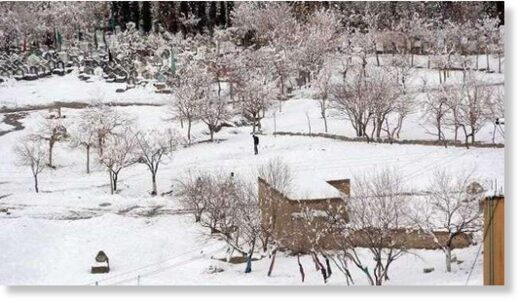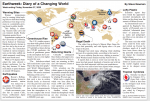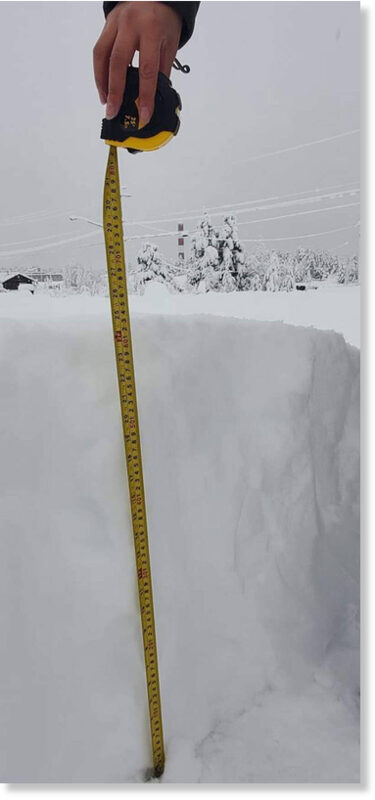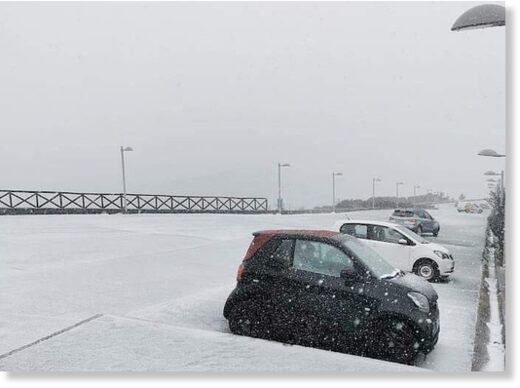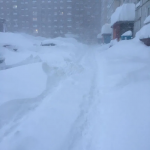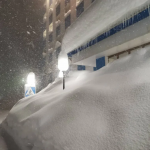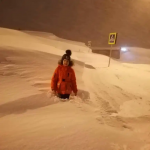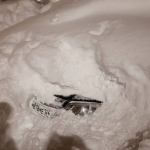STEVE’s Little Green Cannonballs of Light - Electroverse
STEVE’S LITTLE GREEN CANNONBALLS OF LIGHT
NOVEMBER 26, 2020 CAP ALLON
Just when you thought “STEVE” couldn’t get any weirder, a new paper published in the journal AGU Advances reveals that the luminous purple ribbon is often accompanied by green cannonballs of light that streak through the atmosphere at 1000 mph.
[Below is an abridged version of Dr. Tony Phillip’s excellent article–the full version of which is available at spaceweatherarchive.com, dated November 22, 2020.]
STEVE (Strong Thermal Velocity Enhancement) is a relatively
recent discovery, first spotted and photographed by Canadian citizen scientists around 10 years ago. It looks like an aurora, but it is not. The purple glow is caused by hot (3000 °C) rivers of gas flowing through Earth’s magnetosphere faster than 13,000 mph. This distinguishes it from auroras, which are ignited by energetic particles raining down from space.
“Citizen scientists have been photographing these green streaks for years,” says Joshua Semeter of Boston University, lead author of the new paper. “Now we’re beginning to understand what they are.”
There is a dawning realization that STEVE is more than just a purple ribbon, as photographers routinely catch it flowing over a sequence of green vertical pillars known as the “picket fence” (example shown below).

“Picket fence” below STEVE: Taken by Harlan Thomas
on April 10, 2018 in Alberta, Canada.
These aren’t auroras either.
And now, Semeter’s team has identified
yet another curiosity: “Beneath the picket fence, photographers often catch little horizontal streaks of green light,” explains Semeter: “This is what we studied in our paper.”
Entitled
The Mysterious Green Streaks Below STEVE, Semeter’s research involved gathering as many images of these little horizontal streaks as possible, and citizen scientists across North America and New Zealand were only too happy to help:

[
spaceweatherarchive.com]
In a few cases, the same streaks were captured by widely-separated photographers, allowing a triangulation of their position:
[
spaceweatherarchive.com].
Upon analyzing dozens of high-quality images, the researchers came to these three conclusions:
1. The streaks are not in fact streaks, they are instead point-like balls of gas moving horizontally through the sky. In photos, the ‘green cannonballs’ are smeared into streaks by the exposure time of the cameras.
2. The cannonballs are typically 350 meters wide, and located about 105 km above Earth’s surface.
3. The color of the cannonballs is
pure green–much moreso than ordinary green auroras, reinforcing the conclusion that they are different phenomena.
So, what exactly are STEVE’s green cannonballs?
Semeter and his team believe they are a sign of turbulence: “During strong geomagnetic storms, the plasma river that gives rise to STEVE flows at extreme supersonic velocities. Turbulent eddies and whirls dump some of their energy into the green cannonballs.”
This idea may explain their prevalence of late: given ongoing waning of Earths magnetic field (thought to be tied to a GSM and Pole Shift), geomagnetic storms could-well be having a bigger impact closer to the ground, with streams of plasma penetrating
deeper into Earth’s atmosphere.
Semeter’s musings may also explain their pure color, writes Dr. Phillips.
Auroras tend to be a mixture of hues caused by energetic particles raining down through the upper atmosphere. The ‘rain’ strikes atoms, ions, and molecules of oxygen and nitrogen over a wide range of altitudes. A hodge-podge of color naturally results from this chaotic process.
STEVE’s cannonballs, on the other hand, are monochromatic. Local turbulence excites only oxygen atoms in a relatively small volume of space, producing a pure green at 557.7 nm; there is no mixture.
“It all seems to fit together, but we still have a lot to learn,” concludes Semeter. “Advancing this physics will benefit greatly from the continued involvement of citizen scientists.”
According the mainstream position, however, when it comes to science, “
you must not do your own research“. By this logic, citizen scientists around the world should immediately cease all endeavors and their groups be disbanded.
But why? What do the powers-that-be deem so threatening and dangerous with people exploring the reality around them, and what business is it of theirs how a person searches for the truth?
(note - I think the below is part of the article...getting harder to tell on Electroverse sometimes)
The elite’s plan, it now seems obvious, is to herd society down one very specific thought-path, a path which offers a very narrow set of answers to all life’s questions and problems. People are misled into thinking science is definitive, that there is one simplistic answer to each and every query–but science doesn’t work on consensus, and even the most seemingly far-reaching hypothesis, if properly and honestly devised, has about as much chance being proven correct as any widely-held theory.
Nothing
at all is settled.
Questioning everything is key, and mistakes are part-and-parcel.
This is science.

